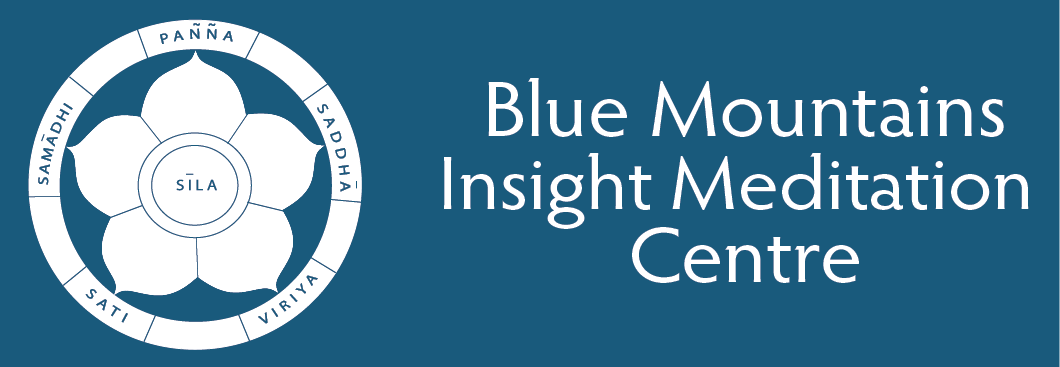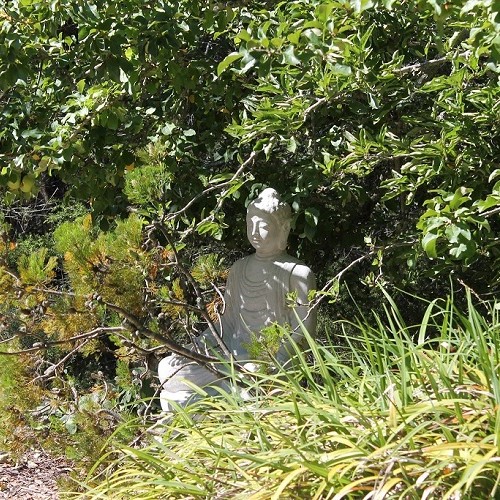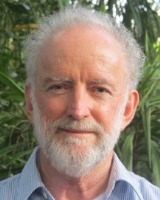A virtual retreat with Patrick Kearney Friday 3 – Sunday 12 July 2020
with Patrick Kearney
July 3 - 12, 2020
This online retreat will be conducted through Zoom. The daily schedule will include: a practice workshop which will progressively introduce different aspects of mindfulness practice; group sittings; group discussions over the weekend; individual interviews beginning on Monday; and a dharma talk which will present a wider understanding of mindfulness practice and its place in the Buddha’s teaching. Each day will begin at 9:30 a.m. and end at 8:30 p.m; with the exception of a 3:00pm finish on the final Sunday. Everyone is strongly urged to do some kind of bodywork each day to cultivate mindfulness immersed in body (kāyagatā sati).
Domestic practice
We will be practising mindfulness at home in the midst of the daily duties and distractions that a residential retreat is designed to avoid. This can be seen as a disadvantage, as we cannot escape our everyday entanglements, or as an advantage, as we have an opportunity to practise mindfulness in the midst of our ordinary lives.
The Buddha says that mindfulness practice (satipatthana) is meant to be lived. It is not a special, esoteric spiritual practice that we occasionally visit. It is a way of life founded on mindfulness, the felt continuity of awareness through our everyday activities, and clear understanding, the wisdom that arises from that awareness. How can we measure our progress in mindfulness practice? In the way that we live our ordinary lives.
Sometimes retreat participants raise doubts about how their retreat experiences relate to life in the “real world.” In a virtual retreat this question does not arise, as the retreat itself happens in the real world, the world of our everyday struggles, joys and sorrows. In this retreat you get to choose for yourself how you will engage with the practice. You may set everything else aside and focus on formal practice, just as you would in a residential retreat. You may simply participate in the formal sessions provided by the virtual retreat structure and spend the rest of your time practising mindfulness in everyday activities. You may choose a path between these two. The choice is yours.
For example, you may wish to create a schedule for physical activities such as bodywork and regular walks. You may choose a diet suitable to intensive practice, such as is normally found in residential retreats. You may want to set specific times for going to bed at night and rising in the morning.
It will be helpful to include the members of your household in your retreat by letting them know what you are doing and what you need to support your practice. This may include having a space to yourself where you can practise meditation. You may wish to discuss your degree of social engagement during the retreat. You may wish to make special preparations regarding shopping and food preparation. Or you may be happy to continue in your current domestic arrangements and simply add your retreat participation to them, letting them mix naturally.
In any event, you are the creator of your own retreat. Do not be trapped by perfectionism. Do what you can in the circumstances you find yourself. Keep in mind that a domestic retreat has its own special difficulties and its own special opportunities. Please prepare for the difficulties as best you can while taking advantage of the opportunities.
Teacher
Patrick Kearney is an independent dharma teacher in the lineage of Mahāsī Sayādaw of Burma, his principal teachers being Paṇḍitarama Sayādaw and John Hale. He has also trained in the Diamond Sangha lineage of Zen Buddhism. His original teacher was Robert Aitken Roshi, and he is now studying with Paul Maloney Roshi. Patrick has a particular interest in the Buddha’s teachings before Theravāda or Mahāyāna were thought of. He studies Pāli and seeks to bring his understanding of the early texts to the practice of dharma in the contemporary world. For further details see his website.
Learn more about Patrick Kearney


